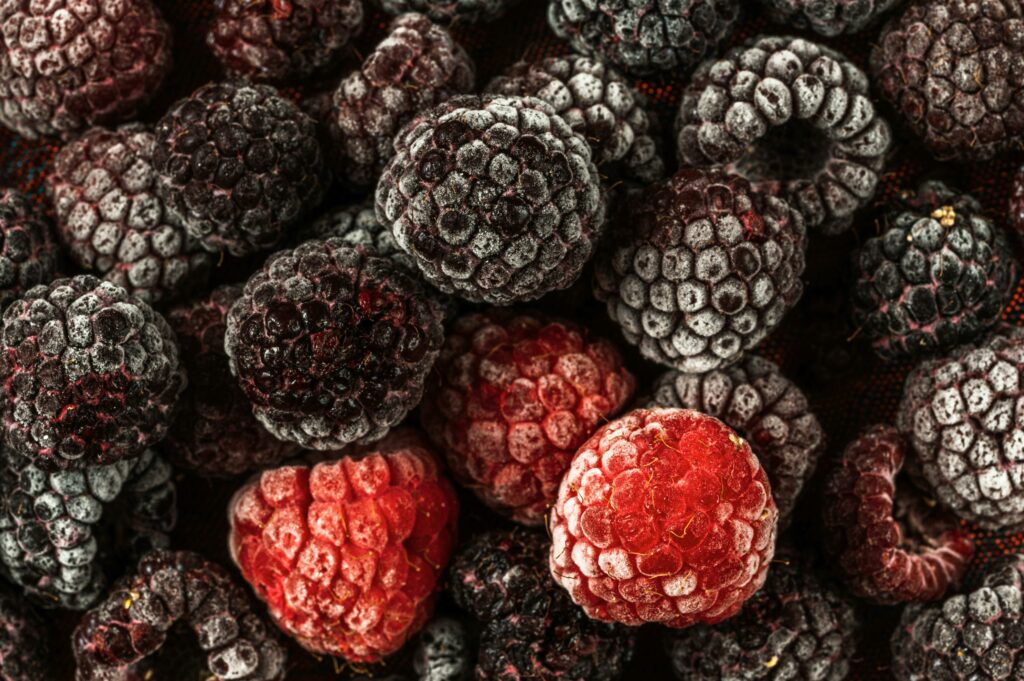The latest press release from PR Newswire highlights a significant surge in the frozen snack food market, with a projected growth of USD 14.6 billion from 2024 to 2028. This anticipated expansion is attributed to the increasing launch of new frozen products, driving the market forward. Let’s break down the key points of this release, explore its implications for businesses and marketers, and understand why frozen snacks are becoming a staple in our lives.
The Surge in Frozen Snack Products
The report by Technavio points to a variety of factors fueling this market growth. The primary driver is the continuous innovation and introduction of new frozen snack products. Companies are expanding their portfolios to cater to changing consumer preferences, focusing on convenience and variety.
Key Innovations:
- Healthier Options: There’s a growing trend towards healthier frozen snacks, including organic and gluten-free options.
- Ethnic Flavors: Brands are diversifying their offerings with ethnic flavors to cater to a broader audience.
- Sustainable Packaging: Environmentally conscious packaging is becoming more prevalent, appealing to eco-friendly consumers.
What This Means for Businesses and Marketers

The growth in the frozen snack food market presents both opportunities and challenges for businesses and marketers.
Pros:
- Market Expansion: Companies have the potential to tap into a growing market with increasing consumer demand.
- Brand Loyalty: Innovative and high-quality products can help build strong brand loyalty.
- New Niches: There are opportunities to explore and dominate niche markets, such as vegan or low-calorie frozen snacks.
Cons:
- Competition: The market is becoming increasingly competitive, requiring constant innovation to stay ahead.
- Supply Chain Challenges: Ensuring a reliable supply chain for frozen products can be complex and costly.
- Health Trends: As health trends evolve, companies must continuously adapt to meet consumer expectations.
The Human Factor: Why Frozen Snacks?
The rise of frozen snacks can be attributed to several societal shifts:
- Busy Lifestyles: As people lead busier lives, the convenience of quick, ready-to-eat frozen snacks becomes more appealing.
- Pandemic Influence: The COVID-19 pandemic has led to increased at-home consumption, with consumers stocking up on frozen foods.
- Cultural Changes: There’s a growing acceptance and preference for frozen foods, once seen as inferior to fresh products.

Opportunities for New Niches
With the frozen snack market expanding, there are ample opportunities for new niches and products. Here are a few areas to consider:
- Functional Foods: Snacks that offer health benefits, such as those fortified with vitamins or probiotics.
- Ethnic and Gourmet Snacks: Offering unique, high-quality options that cater to adventurous eaters.
- Diet-Specific Options: Catering to specific dietary needs like keto, paleo, or plant-based diets.
Ethical Marketing in the Frozen Food Industry
As marketers, it’s essential to approach this booming market ethically. Here’s how to do it:
- Transparency: Clearly communicate the ingredients and nutritional information of your products.
- Sustainability: Focus on sustainable practices, from sourcing ingredients to packaging.
- Consumer Education: Educate consumers about the benefits of your products, helping them make informed choices.
Timeline of Notable Moments in Frozen Snack Market Growth

- 1950s:Introduction of TV Dinners
- Swanson introduces the first TV dinners, revolutionizing convenience food.
- Marketing Lesson: Innovation can create entirely new markets.
- 1980s:Rise of Microwaves
- Microwave ovens become household staples, increasing demand for frozen snacks.
- Marketing Lesson: Technology can drive product adoption.
- 2000s:Healthier Options
- Introduction of healthier frozen snack options, including organic and gluten-free.
- Marketing Lesson: Responding to consumer health trends can open new market segments.
- 2010s:Ethnic and Gourmet Frozen Snacks
- Brands begin offering more diverse and gourmet frozen snack options.
- Marketing Lesson: Diversification can appeal to a broader audience.
- 2020:Pandemic Surge
- COVID-19 pandemic leads to a spike in frozen food purchases.
- Marketing Lesson: External factors can significantly impact consumer behavior.
- 2022:Sustainable Packaging Initiatives
- Companies start adopting more sustainable packaging for frozen snacks.
- Marketing Lesson: Sustainability can enhance brand image and appeal.
- 2023:Functional Frozen Snacks
- Introduction of frozen snacks with added health benefits, like probiotics and vitamins.
- Marketing Lesson: Innovation can meet specific consumer needs.
Lessons for Entrepreneurs and Marketers
The frozen snack market’s growth offers several lessons for businesses:
- Innovate Continuously: Keep introducing new and exciting products to meet changing consumer preferences.
- Understand Your Audience: Know what your consumers want and tailor your offerings accordingly.
- Leverage Trends: Stay ahead by leveraging health, sustainability, and convenience trends.
- Educate Consumers: Help consumers understand the benefits of your products through clear and transparent communication.
- Focus on Quality: High-quality products will help build and maintain brand loyalty.
Focus on Ethical Marketing

As a seasoned marketer with over a decade of experience, I’ve seen trends come and go, but the rise of frozen foods is particularly noteworthy. In my early years, the market was dominated by fresh and organic produce, which were seen as the epitome of health and wellness.
However, the convenience-driven modern lifestyle has shifted consumer preferences towards ready-to-eat frozen snacks. While this trend caters to the need for quick and easy meal solutions, it brings with it a set of ethical considerations that we, as marketers, must address.
Ethical marketing, to me, means more than just adhering to regulatory standards; it’s about making choices that prioritize the well-being of consumers and society at large. Throughout my career, I’ve emphasized the importance of transparency, honesty, and responsibility in every campaign.
For example, when marketing frozen snacks, it’s crucial to highlight not only their convenience but also their nutritional content. This approach helps consumers make informed decisions, balancing the allure of convenience with the need for healthy eating.
The power of marketing lies in its ability to shape perceptions and drive behavior. Embracing a trend like frozen snacks doesn’t have to be detrimental if approached ethically. Marketers have the unique ability to steer the narrative towards positive outcomes.

For instance, promoting frozen snacks that are made with whole, natural ingredients and free from artificial additives can turn a potential health concern into a viable, health-conscious option for busy individuals.
During my marketing journey, I’ve noticed that the rise in frozen foods correlates with increasing urbanization and busy lifestyles. People are seeking quick meal solutions that fit into their fast-paced lives. However, this shouldn’t come at the expense of health.
Ethical marketing means advocating for products that not only satisfy consumer needs but also contribute positively to their well-being. By pushing for transparency in ingredient sourcing and nutritional content, we can ensure that the convenience of frozen foods does not compromise health standards.
The responsibility of marketers extends beyond selling products to fostering trust and promoting health. As we navigate the frozen food trend, we must leverage our influence to champion products that uphold these values.
Marketing is a powerful tool, and when used ethically, it can turn potential pitfalls into opportunities for positive impact, ultimately benefiting both consumers and businesses.
For the detailed analysis and origins of this trend, you can refer to the Technavio report.
You can also check our the full press release of the frozen snack food market’s growth and projections at PR Newswire article.
